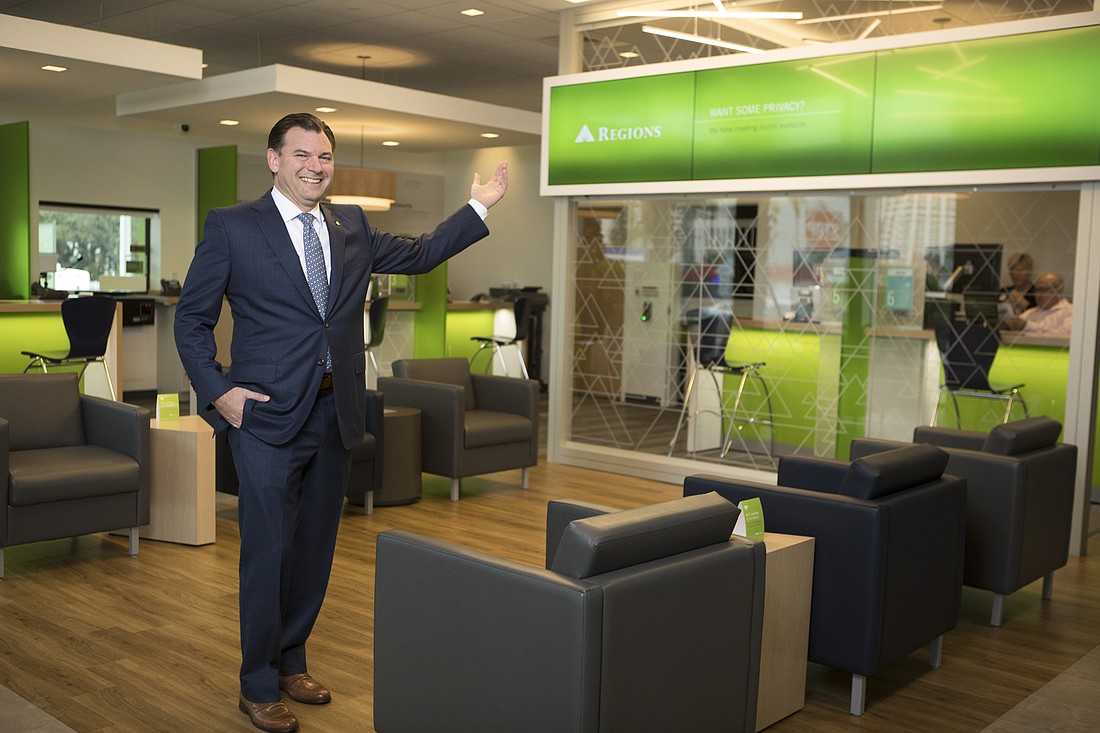- December 15, 2025
-
-
Loading

Loading

South Pasadena, a community of about 5,000 people nestled between Gulfport and St. Pete Beach in Pinellas County, has become a testing ground for a $125 billion-asset powerhouse bank with tens of thousands of customers across the South, Midwest, Florida and Texas.
The test? The latest in the banking industry's ongoing quest to create a branch strategy that's both profitable for the bank and preferable and efficient for the customer. This one comes from Regions Bank, which, at its first “Nexus”-style branch in Florida, at 1400 Pasadena Ave. S., hopes to makes the notion of “banker’s hours” a thing of the past.